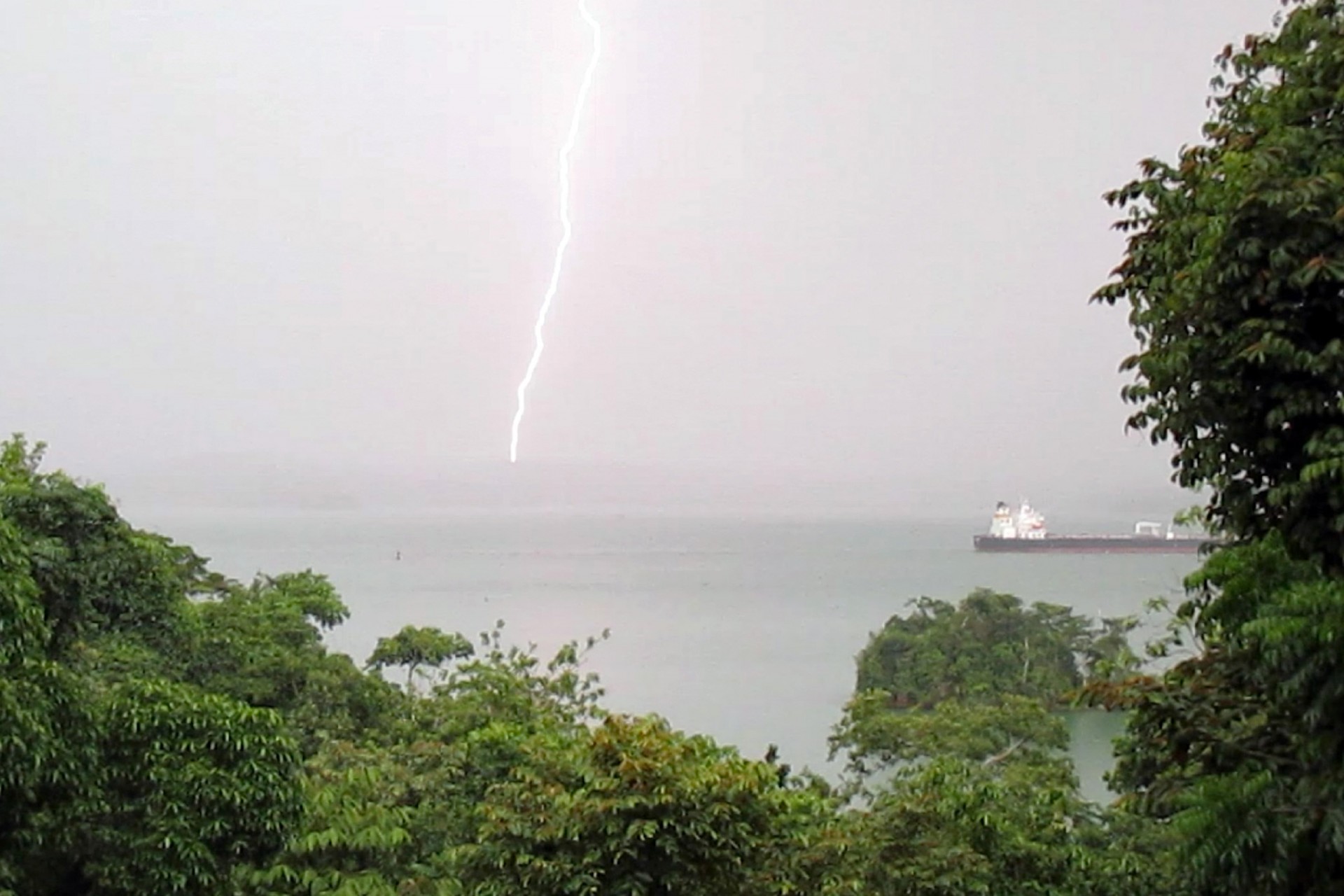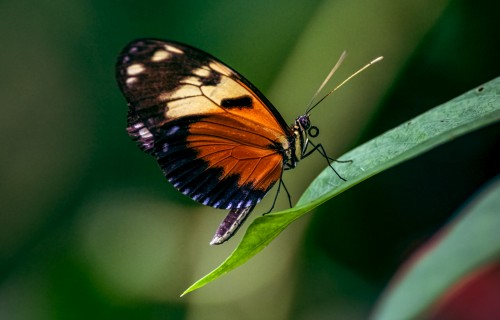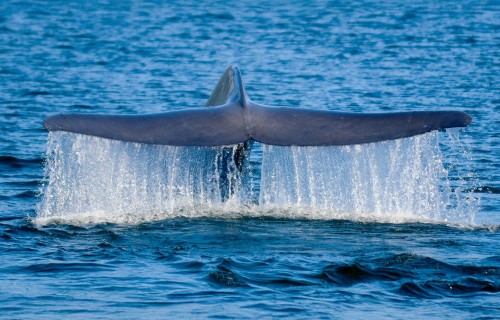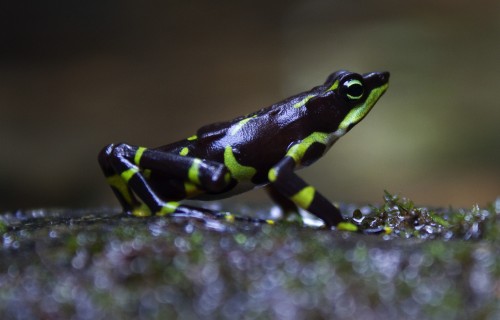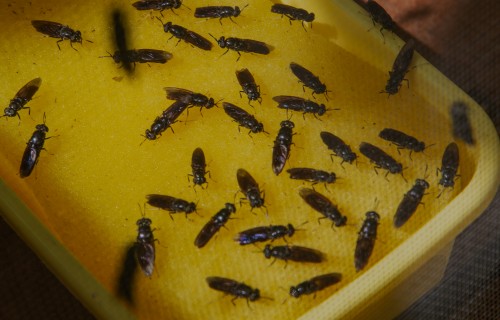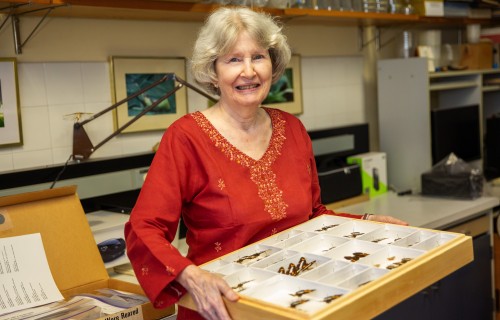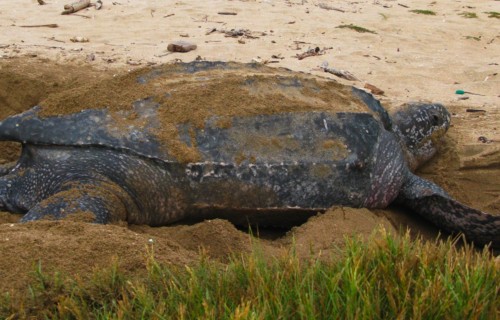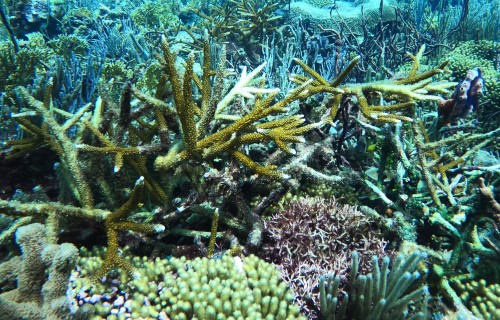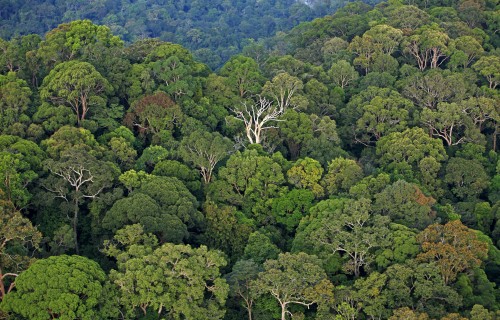Above the tropical forest canopy,
sensors capture the fluxes of gases
between the trees and the atmosphere
Zapped
survivors
Some tropical trees
won’t be defeated by lightning
Text by Leila Nilipour
A multi-year study in the tropical forests of the Panama Canal found that the species most frequently damaged by lightning tended to be the most capable of surviving it.
Sheltering under a tall tree during a thunderstorm is not a great idea, given that lightning often strikes the tallest thing around. However, we may not think much about the fate of the trees themselves, at least not as much as a team of scientists whose research on the effects of lightning on tropical forests was recently published in Nature Plants.
Combining the expertise of lightning scientists and tropical field biologists —including Steve Yanoviak, a research associate at the Smithsonian Tropical Research Institute from the University of Louisville, Jeannine Richards, a former postdoctoral fellow in his lab, and Evan Gora, a Smithsonian Tupper Fellow and former student in the Yanoviak lab— the study looked into the effects of lightning strikes on the Panama Canal forests of the Barro Colorado Nature Monument for several years.
Combining the expertise of lightning scientists and tropical field biologists, a new study in Nature Plants looked into the effects of lightning strikes on the Panama Canal forests over several years. Credit: Steve Paton, Jeannine Richards, Stephen P. Yanoviak.
Yanoviak and his colleagues estimate that lightning strikes tropical forests millions of times a year and because lightning frequency may increase in the future due to climate change, they aimed to understand how susceptibility to lightning may vary across tree species.
In a way, the remarkable biodiversity of tropical forests also makes them more resilient in the face of hazards. Just as successful team work relies on recognizing the strengths and weaknesses of team members, biodiverse tropical forests rely on the contributions of every organism in the ecosystem to thrive. The scientists found that some species did quite well after a lightning strike —especially those most likely to be struck— while others fared poorly. Palms, in particular, were the most likely to die.
The tree species that are most frequently damaged by lightning also tend to be the most capable of surviving lightning strikes. Credit: Stephen P. Yanoviak.
“The tree species that were most frequently damaged by lightning tended to be the same species that were most capable of surviving lightning strikes,” said Gora. “This suggests that lightning is an important selective force with implications for the ecology and evolution of tropical forests.”
Not surprisingly, the most lightning-resistant tree species had a few things in common. Their wood was denser, they had larger vessels for transporting water, and their leaves were richer in nitrogen.
“Trees with denser wood tend to live longer and store more carbon, so finding this trait correlated with lightning tolerance implies an interesting compensatory mechanism where greater lightning frequency could actually favor species that are better at storing carbon,” said Richards.
In other words, tree species with a greater capacity for removing carbon dioxide from the atmosphere also seem to be better equipped at surviving lightning, which is a valuable trait to have in the face of increasing greenhouse gas emissions and climate change.
“The results of this study are especially interesting because they suggest that changes in lightning strike frequency can influence the composition of tropical forests over the long term,” said Yanoviak.



